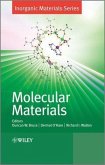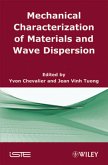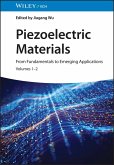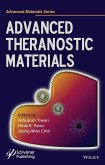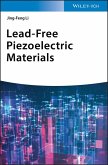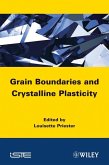"... the book does an excellent job of putting together several different classes of materials. Many common points emerge, and the book may facilitate the development of hybrids in which the qualities of the "parents" are enhanced." -Angew. Chem. Int. Ed. 2011
With applications in optoelectronics and photonics, quantum information processing, nanotechnology and data storage, molecular materials enrich our daily lives in countless ways. These materials have properties that depend on their exact structure, the degree of order in the way the molecules are aligned and their crystalline nature. Small, delicate changes in molecular structure can totally alter the properties of the material in bulk.
There has been increasing emphasis on functional metal complexes that demonstrate a wide range of physical phenomena. Molecular Materials represents the diversity of the area, encapsulating magnetic, optical and electrical properties, with chapters on:
Structured to include a clear introduction, a discussion of the basic concepts and up-to-date coverage of key aspects, each chapter provides a detailed review which conveys the excitement of work in that field.
Additional volumes in the Inorganic Materials Series:
Low-Dimensional Solids Molecular Materials Porous Materials Energy Materials
With applications in optoelectronics and photonics, quantum information processing, nanotechnology and data storage, molecular materials enrich our daily lives in countless ways. These materials have properties that depend on their exact structure, the degree of order in the way the molecules are aligned and their crystalline nature. Small, delicate changes in molecular structure can totally alter the properties of the material in bulk.
There has been increasing emphasis on functional metal complexes that demonstrate a wide range of physical phenomena. Molecular Materials represents the diversity of the area, encapsulating magnetic, optical and electrical properties, with chapters on:
- Metal-Based Quadratic Nonlinear Optical Materials
- Physical Properties of Metallomesogens
- Molecular Magnetic Materials
- Molecular Inorganic Conductors and Superconductors
- Molecular Nanomagnets
Structured to include a clear introduction, a discussion of the basic concepts and up-to-date coverage of key aspects, each chapter provides a detailed review which conveys the excitement of work in that field.
Additional volumes in the Inorganic Materials Series:
Low-Dimensional Solids Molecular Materials Porous Materials Energy Materials
Dieser Download kann aus rechtlichen Gründen nur mit Rechnungsadresse in D ausgeliefert werden.



